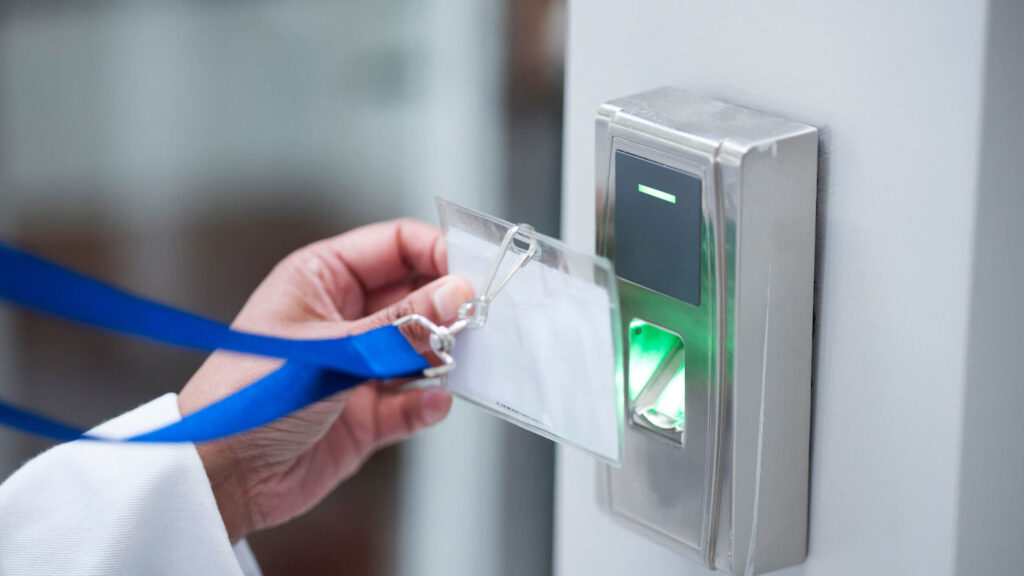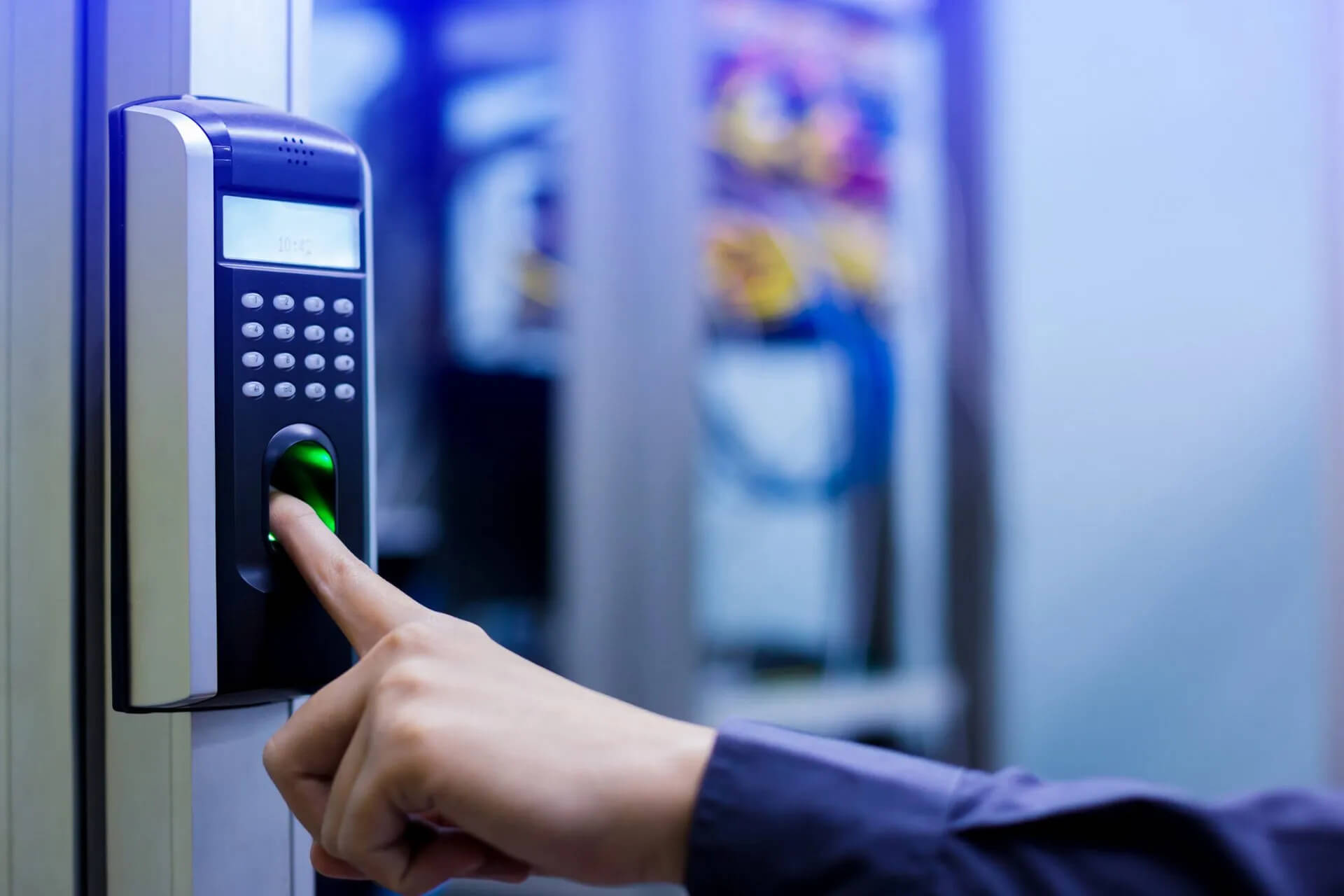In today’s rapidly evolving business landscape, security has become a paramount concern for organisations of all sizes. Access control systems play a crucial role in enhancing security measures, ensuring that only authorised personnel can access sensitive areas and information. This article delves into the various ways access control systems can bolster security for your business, exploring their benefits, types, and implementation strategies.
The Importance of Access Control Systems
Access control systems are a critical component of any comprehensive security system, designed to regulate who can enter specific areas or access certain information within a business. This is particularly vital in environments where sensitive data is handled, such as financial institutions, healthcare facilities, and corporate offices. By implementing robust access control measures, businesses can significantly reduce the risk of unauthorised access, theft, and data breaches.
Protecting Sensitive Information
One of the primary functions of access control systems is to safeguard sensitive information. In an age where data breaches can lead to severe financial and reputational damage, ensuring that only authorised personnel can access critical data is essential. Access control systems can restrict access to databases, files, and other sensitive resources, effectively minimising the risk of information leaks.
Moreover, these systems often include audit trails, which log access attempts and can help identify potential security threats. By monitoring who accesses what information and when, businesses can quickly respond to suspicious activities and take appropriate action.

Enhancing Physical Security
Access control systems are not limited to digital security; they also play a significant role in enhancing physical security. By controlling entry points to a building or specific areas within it, businesses can prevent unauthorised individuals from gaining access to sensitive locations. This is particularly important in industries where physical security is paramount, such as manufacturing and research facilities.
Modern access control systems often utilise technologies such as biometric scanners, RFID cards, and mobile credentials to ensure that only authorised personnel can enter restricted areas. These advanced methods not only improve security but also streamline the entry process, making it more efficient for employees and visitors alike.
Types of Access Control Systems
Access control systems come in various forms, each designed to meet specific security needs. Understanding the different types available can help businesses choose the right solution for their requirements.
Keypad and Card-Based Systems
Keypad and card-based access control systems are among the most common types used in businesses today. Keypad systems require users to enter a numerical code to gain entry, while card-based systems utilise RFID cards or key fobs that can be swiped or tapped at a reader. Both methods offer a straightforward way to manage access and can be easily updated or modified as personnel changes occur.
These systems are particularly beneficial for businesses with multiple employees, as they allow for the quick addition or removal of access rights. For instance, if an employee leaves the company, their access can be revoked instantly, ensuring that former staff members cannot access sensitive areas.
Biometric Systems
Biometric access control systems are becoming increasingly popular due to their high level of security. These systems use unique biological traits, such as fingerprints, facial recognition, or iris scans, to verify a person’s identity. Because biometric data is unique to each individual, these systems are incredibly difficult to bypass, making them an excellent choice for businesses that require stringent security measures.
While biometric systems can be more expensive to implement than traditional methods, the added security they provide can be well worth the investment, particularly for businesses handling highly sensitive information.

Mobile Access Control
With the rise of smartphones, mobile access control systems have gained traction as a convenient and secure method of managing access. These systems allow users to unlock doors or access secure areas using their mobile devices, often through a dedicated app. Mobile access control not only enhances security but also offers flexibility and convenience for users, as they can carry their access credentials with them at all times.
Additionally, mobile access systems can be integrated with other security measures, such as video surveillance and alarm systems, creating a comprehensive security solution for businesses.
Implementing Access Control Systems
Implementing an access control system requires careful planning and consideration. Businesses must assess their specific security needs, budget, and the types of access control systems that will best suit their operations.
Conducting a Security Assessment
The first step in implementing an access control system is to conduct a thorough security assessment. This involves identifying potential vulnerabilities within the organisation, such as areas with high foot traffic or sensitive data storage. By understanding where security risks lie, businesses can tailor their access control measures to address these concerns effectively.
Involving key stakeholders in this process, such as IT personnel and security experts, can provide valuable insights and help ensure that the chosen system aligns with the organisation’s overall security strategy.
Choosing the Right Technology
Once the security assessment is complete, businesses must choose the right technology for their access control system. Factors to consider include the size of the organisation, the number of access points, and the level of security required. It’s essential to select a system that can scale with the business as it grows, ensuring that security measures remain effective over time.
Additionally, organisations should consider the ease of use and maintenance of the chosen system. A user-friendly interface can facilitate smoother operations, while a system that requires minimal upkeep can save time and resources in the long run.
Training Employees
Implementing an access control system is only effective if employees understand how to use it properly. Providing comprehensive training on the new system is crucial for ensuring that all staff members are aware of their responsibilities regarding security. This training should cover topics such as how to use access credentials, the importance of reporting suspicious activities, and best practices for maintaining security.
Regular refresher courses can also help keep security top of mind for employees, reinforcing the importance of adhering to access control protocols.

Benefits of Access Control Systems
The advantages of implementing access control systems extend beyond enhanced security. Businesses can experience a range of benefits that contribute to overall efficiency and productivity.
Increased Accountability
Access control systems promote accountability within an organisation. By tracking who accesses specific areas and when, businesses can hold individuals responsible for their actions. This level of accountability can deter potential misconduct and ensure that employees adhere to security protocols.
Furthermore, in the event of a security breach, access logs can provide crucial information that helps identify the source of the problem and prevent future incidents.
Cost Savings
While the initial investment in an access control system may seem significant, the long-term cost savings can be substantial. By preventing security breaches and data theft, businesses can avoid the financial repercussions associated with these incidents, including legal fees, fines, and loss of customer trust.
Additionally, access control systems can reduce the need for physical security personnel, allowing businesses to allocate resources more efficiently. Automated systems can handle many security tasks, freeing up staff to focus on other critical areas of the organisation.
Improved Operational Efficiency
Access control systems streamline operations by automating entry processes and reducing the time spent on manual security checks. Employees can quickly gain access to their workspaces without delays, enhancing productivity and creating a more efficient work environment.
Moreover, the integration of access control systems with other security measures, such as surveillance cameras and alarms, can provide a comprehensive security solution that further enhances operational efficiency.
Conclusion
Access control systems are an essential component of modern business security. By regulating access to sensitive areas and information, these systems help protect organisations from a range of security threats. With various types of access control systems available, businesses can choose the right solution to meet their specific needs.
Implementing an access control system requires careful planning, including conducting a security assessment, selecting the appropriate technology, and training employees. The benefits of these systems extend beyond enhanced security, providing increased accountability, cost savings, and improved operational efficiency.
In an era where security is more critical than ever, investing in access control systems is a proactive step towards safeguarding your business and ensuring its long-term success.
Other article: Buying a home without a buyers agent Melbourne

